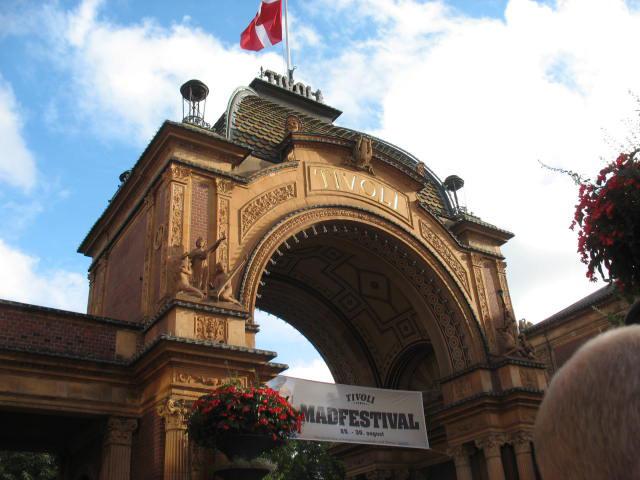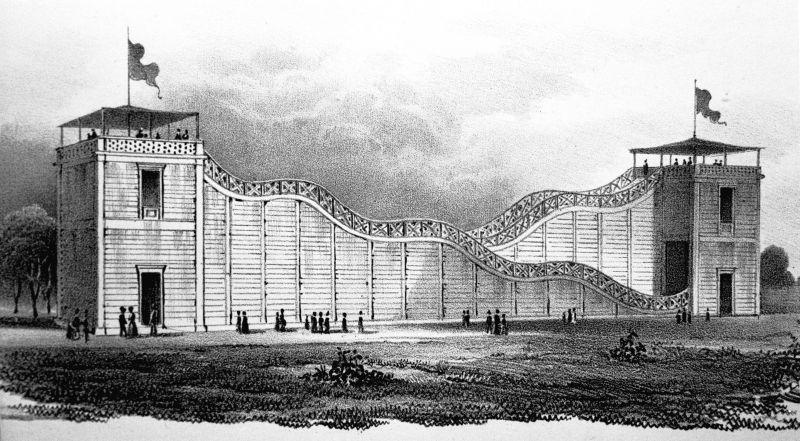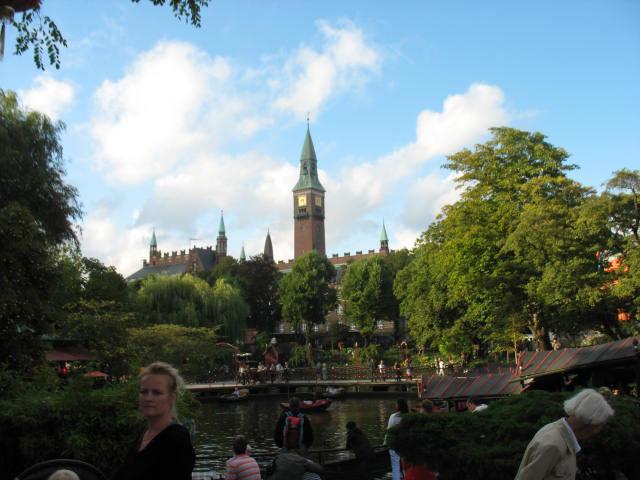
7 minute read
Danish Trivia
1. Which city is Denmark’s northernmost city? o Skagen o Hirtshals o Frederikshavn o Hastholm
2. Which city has the fifth biggest area in Denmark o Aalborg o Odense o Randers o Aarhus
Advertisement
3. Which city is Denmark’s southernmost city? o Gedser o Esbjerg o Ridkǿbing o Padborg
4. Is Esbjerg Denmark’s most westerly point? o Yes o No
5. What is the capital of Fyn? Answer___________________ (one word)
6. What is the capital of Jutland? o Aarhus o Copenhagen o Aalborg o Thisted 7. From which Danish city is the soccer club FC Nordsjælland from? o Hvidovre o Farum o Helsingøor o Hulsig
8. From which Danish city is Shakespeare’s Hamlet from?
o Helsingør o Køge o Copenhagen o Rønne
9. Which city has Denmark’s biggest harbour? o Frederikshavn o Hanstholm o Esbjerg o Skagen
10. In what city is Legoland and the Lego head office?
o Billund o Copenhagen o Herning o Svendborg
lund. team. 10. Billund – where all Legos are made – also Denmark’s second biggest airport is situated in BilAGF; 7. Farum ; 8. Helsingør – Hamlet was living in Hesingør; 9. Esbjerg – also known for their soccer 6. Aarhus – Denmark’s second biggest city, known for “the Old City”, for brewery Ceres, and soccer team Thor; 3. Gedser; 4. No; 5. Odense – also city where Danish writer Hans Christian Andersen was born; ANSWERS: 1. Skagen - one of Denmark’s biggest tourist cities; 2. Randers – known for its brewery
In Memoriam
NAME Cert # Lodge # Location Birth Date Birth Place Initiated Died Benefit Beverly Christensen 22807 126 Petaluma, CA 10.12.30 Pacific Grove, CA 5.16.69 4.12.21 125. Betty Dulac 1199 126 Petaluma, CA 5.22.29 Pennsylvania 3.15.02 6.2.21 0
by Annette Lind
If you have been to Denmark, chances are you have been to Tivoli. On my first trip there I was 13, and I vividly remember the afternoon and evening I spent there with my family, most of whom I had only met a few days earlier. Every time since that first trip this enchanting place has been on the list of what to see in Denmark. I spent my 27th and 70th birthdays in Tivoli. I am sure if you are lucky enough to have spent time there, you also have wonderful memories of the lovely gardens, the rides, the restaurants, and the buildings of this the second oldest amusement park in the world. While I have so many happy memories, I knew nothing of the history of how Tivoli came to be. It is quite a story, one worth checking out. Georg Carstensen got the idea of creating an amusement park for the Danes just outside of Copenhagen after being inspired by the parks and gardens he had seen while traveling abroad. He needed a charter from the Danish King Christian VIII. It is said to help convince the King he told him that “When the people are amusing themselves, they don’t think about politics.” Apparently it was the right sales pitch for the King because Carstensen was granted a five year charter and the use of around 15 acres on the grounds outside the city on the ramparts of an old military base accessible through Vesterport. When the army moved the city defense lines, the grounds became part of Copenhagen proper. Johan Bernhard Georg Carstensen was born August 31, 1812 in Algiers. He spent most of his childhood in the Near East. His career was with the Military Guards where he rose to the rank of lieutenant. After traveling widely, in 1839 he settled in Copenhagen where he had a periodical publishing business. Then he had an idea, and what an idea it was. He spent the years developing Tivoli. The amusement park was first called “Tivoli and Vauxhall.” Tivoli alluded to the Jarden de Tivoli in Paris. The Parisian Tivoli was named after the gardens of the Tivoli Villa d’Este near Rome Italy. The Jarden de Tivoli or Grand Tivoli in Paris was created in 1766 by Simon Gabriel Boutin, the son of a wealthy farmer. He had several houses constructed in an area of approximately 20 acres. Gardens were created by planting rare plants from English, Italian and Dutch gardens. The park contained a bowling green and several man-made follies, including false ruins, rocky promontories and even a waterfall. He called it Jarden de Tivoli, but it became known as Folie Boutin. Boutin was guillotined on July 17, 1794 and the private park was opened to the public It became a favorite entertainment spot in Paris. In 1797 Boutin’s heirs recovered the property. Sadly Napoleon bivouacked his troops in the gardens and so much damage was done they were forced to close the park on August 30, 1810. While this first one closed, a second Tivoli opened the same year known as Folie-Richelieu. The second Tivoli closed in 1825. Vauxhall, the other part of the original

name, came from a pleasure garden in Kennington. Situated on the south bank of the Thames, it was accessible by boat from London until 1810 when the Vauxhall Bridge was built. Originally it was known as “New Spring Gardens.“ It is believed the site first opened around 1660. It consisted of several acres where the public could wander the walkways amid trees and shrubs. In 1785 the name of the gardens was changed to Vauxhall Gardens. It became more than a lovely garden in which people could leisurely stroll. Soon there were tightrope walkers, hot air balloon ascents, concerts and fireworks as well. Vauxhall Gardens closed in 1840 when the owners declared bankruptcy. New owners reopened it in 1842, but by 1859 it was permanently closed. In the 20th century part of the original site again opened as a public park now named Vauxhall Pleasure Gardens On August 15, 1843 the gates of Tivoli opened for the first time. Among those who visited that first day was Hans Christian Andersen. Some say it was Tivoli who inspired him to write the famous fairytale The Nightingale. Surely those first visitors must have been in awe at the beauty of Tivoli as they walked through the entrance which at the time was just a wooden gate with a ticket booth on each side. From the beginning there were a lot of attractions for the visitors. There were buildings in an “imaginary” style of the Orient. There was a theatre and band stands, restaurants and cafes, and, of course, flower gardens. There was a merry-go-round and a scenic railway. There was even a “roller coaster” of sorts which gave those who dared to ride 7 seconds of excitement.
When the sun set, Tivoli lit up with colored lamps illuminating the gardens and on special evenings there was fireworks reflected on Tivoli’s lake, a portion of the old city mote. But from the beginning, Tivoli was not a place destined to remain exactly as it had been when it opened. To celebrate his birthday and the beginning of the second season of Tivoli, George Carstensen gave himself a birthday present and founded the Tivoli Boys Guard. This was the world’s first boys guard and was referred to as the “Lilliputian military.” Now called the Tivoli Youth Guard it is a year-round music school for boys and girls (since 2015) ages 8 - 16. They give concerts, march in parades, stand guard at the garden's buildings and monuments on special occasions, and represent the gardens at various events. To become a part of the Youth Guard it is necessary to pass an admissions test, and applications always out number those selected. Around 20 new members are selected each year. The first year is spent learning the drums and fifes and being trained in marching and music theory. After about a year the students get their uniform, including the well-known bearskin hat. During busy times the Guard can spend as much as 20 hours a week in parades, concerts, band auditions, private tutoring, practice and appearing at special events. The Youth Guard is well-known around the world. They often travel abroad to represent Tivoli and Denmark.


Stay tuned for the continuation of "Tivoli-One Man's Vision" in the August 2021 issue.


